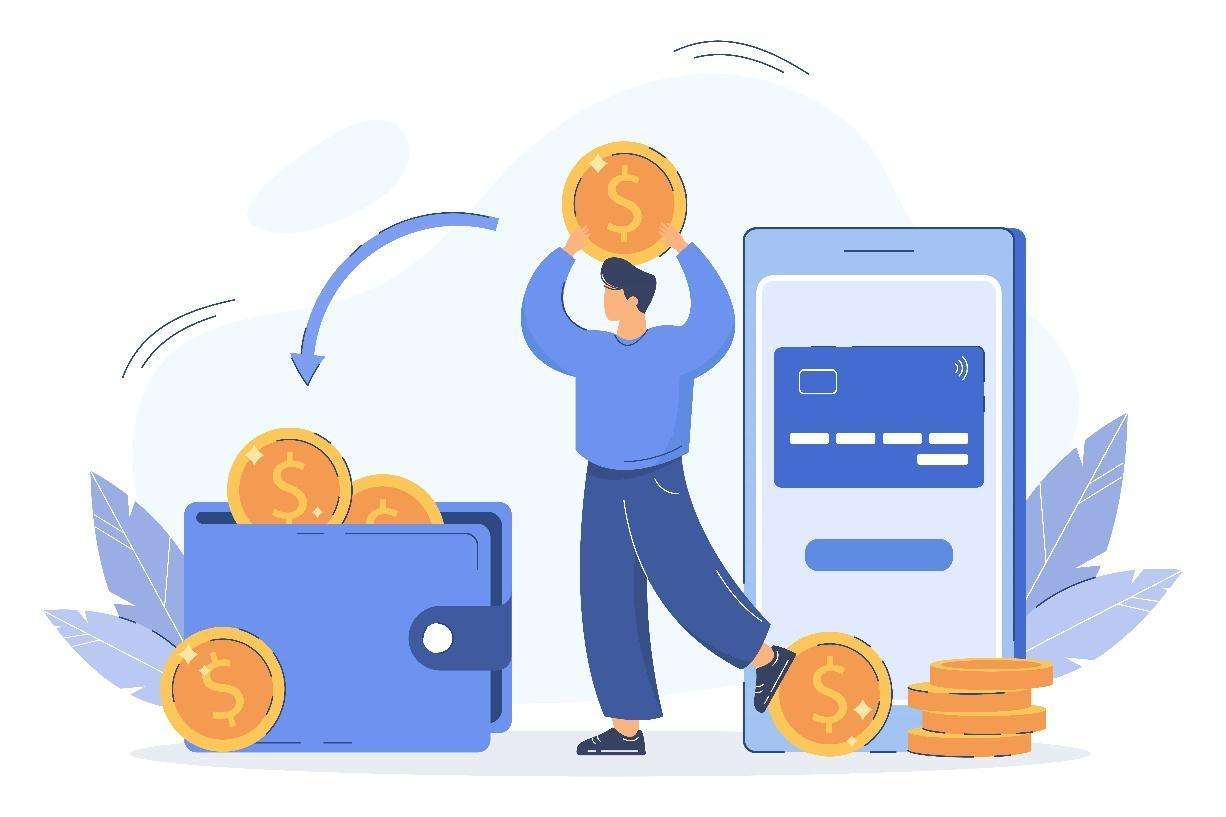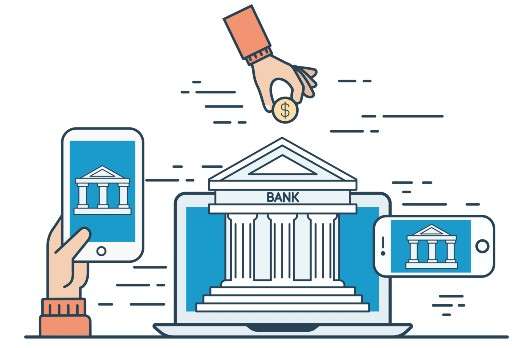The phenomenal growth of disruptive technologies has broken all records in the last decade. The banking industry has also evolved to move away from traditional processes and systems to embrace new-age technologies. One such paradigm is that of big data.
About ten to twenty years back, banks usually operated smoothly with employees recognizing most of their customers. Employees of branches knew their loyal customers with their details on their tips. Things are much different today. Situations have changed radically only to make things more complex and intricate. Banks have digitalized their services; remote banking has become a reality and customer retention has become the number one priority. .
Amidst all this, big data helps banks interpret the electronic trail of every customer. With information flowing in from multiple sources, big data helps in the online monitoring of clients and analysing user behaviours.
.

Big Data – What does it mean?
The term ‘Big Data’ refers to a burgeoning volume of data or information. Two peculiar things about the data or information, in this case, are multi-structured and multi-format presence. Additionally, the data comes in from multiple sources for example, social media platforms, websites, blogs, e-commerce sites, data from desktops and mobiles, databases and archives, search bars, etc.
The need for Big Data technology arises from the fact that conventional computing systems are unsuitable for processing data of such complicated nature.
Role of Big Data in the Banking Industry
Most banks today aim at offering their customers very focused and user-centric services. With personalization and customization becoming the core value add-ons in most industries, the banking industry too realizes the importance of delivering tailor-made financial solutions to their customers.
-
For Customers
Big data facilitates banks in doing so seamlessly. A growing number of banks today are using AI-powered apps that use predictive analytics to offer financial advice, recommendations, alerts, and notifications on spending, savings, investments, etc., in real-time to customers after duly understanding their financial dynamics.
The use of Big Data enhances customer experience as banking apps powered by analytics come up with useful recommendations based on their specific queries. Hence, users are offered advice on ways to reduce costs, enhance savings, make better investment decisions, and more. All such services have helped hundreds of users in making wiser decisions and avoiding defaulting or making incorrect payments for services.
Since the prompts are in real-time, it has helped customers in upholding prudent customer behaviours and identify opportunities to make meaningful profits and gains.
-
 Banks
Banks Banks on the other hand can apprehend customer spending habits, and earnings, and track the ever-changing patterns in consumer behaviour. This helps them offer optimized and personalized services to their clients, and that too, just at the right time. Thus, the likelihood of enhancing conversion rates and increased returns make lucrative business sense.
Financial institutions and banks can readily access customer data that can be easily analysed at the backend to base decisions regarding extending credit to customers, etc. They can conduct risk assessments effectively helping in making informed decisions and preventing fraud. This also is a big asset in maintaining compliance issues, helping reduce overhead costs.
Thus, banks use Big Data and associated technologies to help prevent fraudulent transactions, and money laundering. Banks reduce their credit risks, keep a close watch on the earnings and expenditure of clients, and most importantly, personalized products and services can be offered to clients clinching customer loyalty like never before.
Conclusion – Big Data’s Impact on the Financial Industry
The entire contribution of Big Data in the financial industry revolves around three crucial pillars:
-
Human Resources – due to Big Data, workflows have been optimized with a reduction in manual errors and removal of redundancy in work. Employees are empowered to take bigger challenges helping improve their performance and meet their KPIs. The technology has also helped in reducing back-office processing costs.
-
End-user Experience – with Big Data, the industry players are now able to offer optimized services to their customers in terms of tailored and personalized packages and products. The BFSI sector which includes banking, financial services, and insurance service providers is now better able to grasp the pain and gain points of their customers and accordingly offer services.
-
Enhancing Operations – Big Data has helped the sector revert to clients and assist customers in a short duration. Bulk transactions can be processed in minutes and with agility. Fraud can be detected successfully, illegalities can be removed, compliances ensured, and all of this in a cost-effective and timely manner.



 This article will talk of how open banking can help the pensions industry. It is imperative to say that the technology can be used by the industry but the responsibility of using it is completely on the players of the industry.
This article will talk of how open banking can help the pensions industry. It is imperative to say that the technology can be used by the industry but the responsibility of using it is completely on the players of the industry. Open Banking is helping the pension industry go paperless.
Open Banking is helping the pension industry go paperless.
















